Search
Search Results
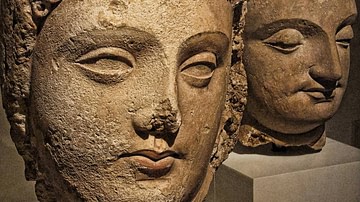
Definition
Gandhara Civilization
The Gandhara Civilization existed in what is now Northern Pakistan and Afghanistan from the middle of the 1st millennium BCE to the beginning of the 2nd millennium CE. Although multiple major powers ruled over this area during that time...
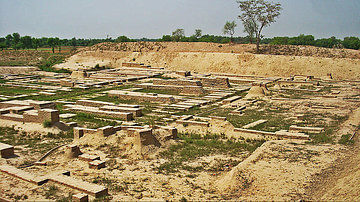
Article
Harappa: An Overview of Harappan Architecture & Town Planning
Harappa is a large village presently in the province of Punjab in Pakistan. The modern town is a part of and lies next to the ancient city. The site of Harappa is important in that it has provided proof of not just the Indus Valley Civilization...
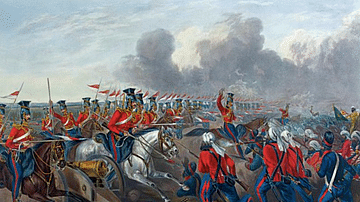
Definition
First Anglo-Sikh War
The First Anglo-Sikh War (1845-6) was a short and bloody conflict won by the British East India Company (EIC) against the Sikh Empire. The EIC was keen to expand into northern India, but the Sikh army was a well-trained, well-equipped, and...
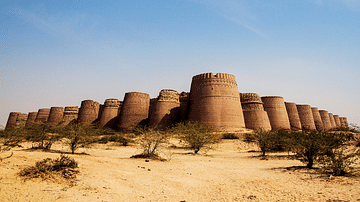
Image
Derawar Fort
Derawar Fort, Punjab, Pakistan. The fort was first built in the 9th century and used by successive rulers including the nawabs of Bahawalpur, one of the Indian princely states.
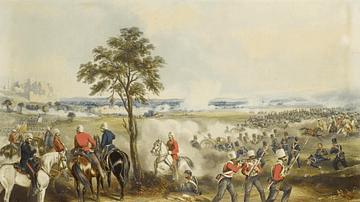
Definition
Second Anglo-Sikh War
The Second Anglo-Sikh War (1848-9) once again saw the British East India Company defeat the Sikh Empire in northern India. The war, which started off as a rebellion against British colonial rule, included the high-casualty Battle of Chillianwala...
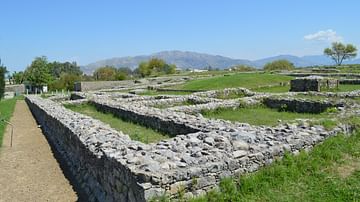
Image
Sirkap
Sirkap was the second most important site of ancient Gandhara in Punjab-Pakistan. The city was established by a Greco-Bactrian ruler in the 2nd century BCE and lost its importance when Kushan rulers built another city named Sirsukh. One may...
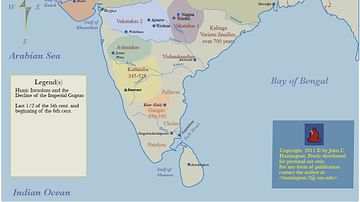
Definition
White Huns (Hephthalites)
The White Huns were a race of largely nomadic peoples who were a part of the Hunnic tribes of Central Asia. They ruled over an expansive area stretching from the Central Asian lands all the way to the Western Indian Subcontinent. Although...

Definition
Koh-i-Noor
The Koh-i-Noor diamond (also Koh-i-Nur or Kūh-e Nūr) is one of the largest and most famous cut diamonds in the world. It was most likely found in southern India between 1100 and 1300. The name of the stone is Persian meaning ‘Mountain of...
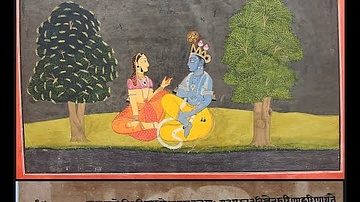
Video
The Lahore Museum: A Crucible of Research in Pahari Painting by Mr F S Aijazuddin
Pahari Painting | Lahore Museum | Art History His talk today will be on the Pahari paintings collection in the Lahore Museum and their significance in the art-historical research into the various schools.Before 1947, the Lahore Museum...
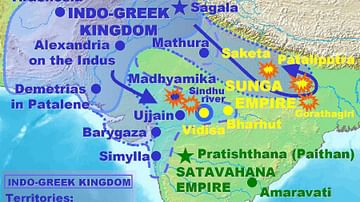
Definition
Indo-Greek
The first Indo-Greek kingdom appeared circa 190 BCE may when the Greco-Bactrian king or (general for his father) Demetrios was busy in India, when his Indian possessions were divided between several kings, probably firstly in order to better...